
Electric Scooter Battery Guide: Charging Tips, Maintenance & Lifespan
Your electric scooter’s battery is its heartbeat — without it, there’s no power, no speed, and no ride. Whether you’re commuting to work, running errands, or cruising for fun, understanding how your scooter’s battery works is key to getting the most range, performance, and lifespan out of it.
In this guide, we’ll break down the essentials of electric scooter batteries — from how they work and the types available, to charging best practices, common mistakes to avoid, and tips for safe storage. With the right care, your battery can deliver consistent performance for years while keeping you safe on the road.
What is an Electric Scooter Battery?

An electric scooter battery is the rechargeable energy source that powers the scooter’s motor, lights, and electronic components, directly impacting its performance and ride range.
Most modern electric scooters rely on high-density lithium-ion batteries due to their excellent energy efficiency, lightweight design, and long lifespan. Other types like lithium iron phosphate (LFP) and lead-acid batteries have also been used in the past, though less commonly today.
The battery’s capacity, typically measured in watt-hours (Wh) or ampere-hours (Ah), determines how far you can travel on a single charge; the higher the Wh or Ah, the longer the scooter’s range.
Understanding how electric scooter batteries work, their types, and how to maintain them can help you maximize your scooter’s potential and get the best riding experience possible.
How Do Electric Scooter Batteries Work?

The electric scooter battery functions as the scooter’s “fuel tank,” storing the electrical energy needed to power the motor, lights, controller, and other onboard electronics. When you start riding, the battery supplies a steady flow of electricity to the scooter’s DC motor, enabling smooth acceleration and consistent speed.
Inside the battery pack, multiple individual cells are connected together, along with a crucial component called the battery management system (BMS). The BMS monitors the health of each cell, balances the charge across the pack, and ensures safe operation by preventing issues like overcharging, overheating, or short circuits.
Larger capacity batteries provide longer travel ranges, allowing riders to cover more distance on a single charge. However, bigger batteries also add weight and bulk to the scooter, reducing portability and ease of handling. Additionally, since batteries are among the most costly parts of an electric scooter, increasing battery size often means a higher overall price.
Understanding how electric scooter batteries work helps you choose the right balance between performance, range, portability, and cost to suit your riding needs.
Types of Batteries Used in Electric Scooters
Electric scooters use different types of rechargeable batteries, with lithium-ion (Li-ion) being the most common in modern models thanks to their high energy density, light weight, and long lifespan of 500–1,000 charge cycles.
Lithium-polymer (LiPo) batteries, a lighter and more flexible variant, offer high power output but require careful handling. Older technologies like nickel-metal hydride (NiMH) are heavier and less efficient, while sealed lead-acid (SLA) batteries, found in budget scooters, are cheap but bulky, slow to charge, and have a shorter life of 200–300 cycles. For the best performance, range, and durability, most riders prefer lithium-based batteries.
Lithium-Ion (Li-Ion) Batteries for Electric Scooters
Lithium-ion (Li-ion) batteries are widely favored in electric scooters due to their exceptional energy density, the amount of energy stored relative to their physical weight. This means Li-ion batteries can store a large amount of power without adding excessive bulk or weight to the scooter.
Additionally, Li-ion batteries boast impressive longevity, capable of being discharged and recharged, or “cycled,” hundreds to thousands of times while maintaining most of their original storage capacity. This durability makes them ideal for daily use and long-term performance.
The term Li-ion battery actually encompasses a variety of battery chemistries, all based on lithium ions but differing in their internal materials and characteristics. Each chemistry offers a balance of safety, energy density, lifespan, cost, and thermal stability. Here are some of the common lithium-ion battery chemistries used in electric scooters and other applications:
-
Lithium Manganese Oxide (LiMn2O4) – Also known as IMR, LMO, or Li-manganese, this chemistry is known for good thermal stability and safety, though it has slightly lower energy density.
-
Lithium Manganese Nickel (LiNiMnCoO2) – Often called INR or NMC, it balances high energy density with excellent lifespan and safety, making it a popular choice for many electric vehicles.
-
Lithium Nickel Cobalt Aluminum Oxide (LiNiCoAlO2) – Known as NCA or Li-aluminum, this chemistry offers very high energy density but can be more costly and requires advanced safety measures.
-
Lithium Nickel Cobalt Oxide (LiCoO2) – Referred to as NCO, this chemistry is commonly used in consumer electronics with good energy density but moderate thermal stability.
-
Lithium Cobalt Oxide (LiCoO2) – Also known as ICR or LCO, this type has high energy density but shorter cycle life and less thermal stability, often used in smaller devices.
-
Lithium Iron Phosphate (LiFePO4) – Known as IFR, LFP, or Li-phosphate, this chemistry prioritizes safety and long cycle life with lower energy density but excellent thermal stability, making it increasingly popular in electric scooters.
Each of these lithium-ion battery chemistries involves trade-offs between energy density, safety, cost, and lifespan. Manufacturers select the chemistry that best fits the scooter’s performance requirements, cost targets, and safety standards.
Lead-Acid Batteries For Electric Scooters
Lead-acid batteries are one of the oldest and most established battery chemistries, commonly used in automotive applications such as car starters and larger electric vehicles like golf carts. While less common in modern electric scooters, lead-acid batteries are still found in some budget-friendly models.
One of the main advantages of lead-acid batteries is their low cost, making them an affordable power source for entry-level scooters. However, lead-acid batteries have a significant drawback: low energy density. This means they store much less energy relative to their weight and size compared to newer battery technologies.
While lead-acid batteries remain a cost-effective option for certain low-speed or beginner scooters, their heavier weight and limited range make them less ideal for users seeking portability and extended battery life.
How to Choose the Right Battery for Your Electric Scooter
When choosing a battery, consider key factors such as battery chemistry, voltage, capacity, size, weight, and compatibility with your scooter.
1. Understand Battery Specifications
-
Battery Chemistry: Lithium-ion (Li-ion) batteries are the most popular choice for electric scooters due to their high energy density, lightweight design, longer lifespan, and faster charging times compared to older technologies like lead-acid batteries.
-
Voltage (V): Battery voltage affects the power output of your scooter’s motor. Higher voltage batteries provide increased speed, better acceleration, and improved hill-climbing ability.
-
Capacity (Amp-hours, Ah): Capacity determines how much energy the battery can store. A higher amp-hour rating means the battery can deliver a longer riding range on a single charge.
-
Watt-hours (Wh): Watt-hours combine voltage and capacity (Wh = V × Ah) and offer the most accurate measure of a battery’s total energy capacity. Comparing Wh ratings helps you evaluate the potential range and endurance of different batteries.
2. Consider Your Riding Priorities
-
Range: If you often take long rides or commute lengthy distances, prioritize a battery with a higher amp-hour rating to maximize your scooter’s travel range between charges.
-
Performance: For faster speeds, quicker acceleration, or better performance on inclines, choose a battery with higher voltage.
-
Budget: While lithium-ion batteries deliver superior performance and efficiency, they tend to be more expensive than lead-acid alternatives. Balance your budget with your performance needs.
3. Ensure Compatibility with Your Scooter
-
Physical Size: Make sure the new battery fits snugly in your scooter’s battery compartment. Measuring your current battery or compartment dimensions before purchasing is crucial.
-
Connector Type and Voltage: Check your scooter’s manual or specifications to confirm the correct voltage and connector type. Using an incompatible battery can damage your scooter or reduce performance.
4. Additional Factors to Keep in Mind
-
Charging Time: Batteries with fast-charging capabilities, often lithium-ion packs, are ideal if you use your scooter frequently and need quick turnaround times.
-
Weight: Battery weight impacts your scooter’s portability and handling. A lighter battery improves maneuverability and makes carrying or storing your scooter easier.
Charging Time and Efficiency of Electric Scooter Batteries
Electric scooter charging times typically range from 2 to 10 hours, depending on several key factors including battery type, battery capacity, and the wattage of the charger. Among battery types, lithium-ion batteries charge faster and more efficiently than older lead-acid batteries, making them the preferred choice for most modern scooters.
Factors Affecting Electric Scooter Charging Time
-
Battery Type and Capacity: Lithium-ion batteries not only charge faster but also have higher charging efficiency, usually around 90-95%, meaning minimal energy is lost during the process. In contrast, lead-acid batteries are less efficient, with charging efficiencies closer to 80-85%.
-
Charger Wattage: The wattage rating of your charger significantly influences charging speed. A higher wattage charger delivers more power, reducing the overall time it takes to charge your scooter’s battery fully.
-
Battery Charge Level: Charging from a completely drained battery will take longer than topping up a battery that still holds some charge. Partial charges are generally quicker and less stressful on the battery.
-
Temperature and Environment: Ambient temperature plays an important role in charging efficiency and speed. Moderate temperatures provide optimal conditions, while extreme cold or heat can slow down charging rates and affect battery health.
-
Scooter Model and Charging Technology: Higher-end scooters may come equipped with advanced charging systems, including dual chargers that cut charging times in half. These features can provide faster, more efficient charging compared to standard models.
Battery Efficiency Explained
-
Lithium-Ion Batteries: Typically 90-95% efficient, these batteries convert most of the electricity from the charger into usable power with minimal losses.
-
Lead-Acid Batteries: Around 80-85% efficient, meaning a higher percentage of energy is lost as heat during charging.
-
Charger Efficiency: Some energy is always lost as heat during charging, so the efficiency of both the battery and charger impacts overall charging time.
Where to Buy Reliable Electric Scooter Batteries
Finding a reliable electric scooter battery is essential to ensure optimal performance, safety, and longer ride times. For high-quality, durable, and efficient batteries, trusted brands like iScooter offer a wide range of lithium-ion batteries designed specifically for electric scooters.
iScooter batteries are engineered with advanced battery management systems to maximize lifespan and provide consistent power output. Whether you need a replacement battery or an upgrade to boost your scooter’s range and speed, purchasing directly from iScooter guarantees compatibility and superior quality.
Best Battery Operated E-Scooter From iScooter
|
Image |
||||||||
|
Model |
||||||||
|
Price |
£208.99 |
£228.99 |
£339.99 |
£399.99 |
£475.99 |
£498.99 |
£635.99 |
£745.99 |
|
Motor |
350 W |
350 W |
500 W |
800 W |
800 W |
800 W |
1000 W |
2000 W |
|
Maximum Range |
12 miles (20km) |
18.6 miles (30km) |
24.8 miles (40km) |
31miles(50km) |
25miles (40km) |
31miles (50km) |
34.2miles (55km) |
50miles(80.5km) |
|
Top Speed |
15.5mph (25km/h) |
18.6mph (30km/h) |
21.7mph (35km/h) |
25 mph (40km/h) |
25 mph (40km/h) |
28mph (45km/h) |
28mph (45km/h) |
38mph(61km/h) |
|
Battery Capacity |
5.2 Ah (187Wh) |
7.5 Ah (270Wh) |
10.4 Ah (374.4Wh) |
17.5Ah (630Wh) |
10 Ah (480Wh) |
15 Ah (720Wh) |
15 Ah (720Wh) |
17.5 Ah (840Wh) |
|
Suspension |
None |
None |
Front and Rear double Suspension |
Front and Rear double Suspension |
Front and Rear double Suspension |
Front and Rear double Suspension |
Front and Rear double Suspension |
Front and Rear double Suspension |
|
Wheel Type |
Pneumatic tires |
Honeycomb solid |
Honeycomb solid |
Pneumatic tires |
Pneumatic tires |
Honeycomb solid off-road tires |
Pneumatic off-road tires |
Pneumatic off-road tires |
|
Net Weight |
26.4 lbs (12 kg) |
26.4 lbs (12 kg) |
34 lbs (15.45 kg) |
44 lbs (20 kg) |
48.5 lbs (22 kg) |
57.43lbs (26.05kg) |
60.16lbs (27.29kg) |
73.85lbs(33.5kg) |
|
Water Resistance |
IP54 |
IP54 |
IP54 |
IP54 |
IP54 |
IP54 |
IP54 |
IPX4 |
|
Load Capacity |
220lbs(100kg) |
220lbs(100kg) |
264lbs(120kg) |
264lbs(120kg) |
264lbs(120kg) |
330lbs(150kg) |
330lbs(150kg) |
330Ibs(150KG) |
|
APP |
None |
Old version: KCQ APP New version: Tuya APP |
MiniRobot |
iScooter |
Minirobot APP |
Minirobot APP |
None |
Minirobot APP |
|
Climb Ability |
15% |
15% |
20% |
20% |
25% |
25% |
30% |
25% |
|
Tire Size |
8.5'' |
8.5'' |
10'' |
10'' |
10'' |
10'' |
10'' |
10'' |
|
Light |
Headlight+Break light |
Headlight+Break light |
Headlight+Break light |
Headlight+Break light+Turn light |
Headlight+Break light+Turn light+Ambient light |
Headlight+Break light+Turn light+Ambient light |
Headlight+Break light+Turn light+Ambient light |
Headlight+Break light+Turn light+Ambient light |
|
Driver |
Rear |
Front |
Front |
Rear |
Rear |
Rear |
Rear |
Rear |
|
Braking |
Rear hub brake + hidden electronic brake |
Front electronic brake+rear disc brake |
Front electronic brake+rear disc brake |
Front and rear disc brake + electronic brake |
Front and rear disc brake + electronic brake |
Front and rear disc brake + electronic brake |
Front and rear disc brake + electronic brake |
Double handle front and rear disc brakes + hidden power-off brake |
|
Dimensions |
105*45*110 cm |
108*43*112 cm |
115*55*117cm |
118*52*118CM |
117*64*138cm |
118*60*123cm |
118*60*123cm |
117*23*130cm |
Conclusion
The electric scooter battery is the heart of your scooter’s performance, directly affecting its range, speed, and overall ride experience. Choosing the right battery, whether lithium-ion for efficiency and longevity or another type suited to your needs, is crucial for getting the most out of your electric scooter.
Proper care, understanding charging times, and selecting a reliable battery from trusted brands like iScooter can extend battery life and keep you riding smoothly. Investing in a high-quality electric scooter battery ensures you enjoy longer rides, better power, and peace of mind every time you hit the road.
FAQs
What is the cost of a battery for an electric scooter?
The cost of a battery for an electric scooter varies widely depending on the battery type, capacity, and brand. Typically, lithium-ion electric scooter batteries can range from $100 to $400 or more, depending on the scooter model and battery specifications. Budget options like lead-acid batteries are generally cheaper but come with lower performance and shorter life. Trusted brands like iScooter provide reliable, warranty-backed batteries that offer a good balance between cost and durability.
Which type of battery is best for an electric scooter?
Lithium-ion (Li-ion) batteries are the most widely used battery type in modern electric scooters. Known for their lightweight design and high energy capacity, Li-ion batteries deliver longer ride times and superior performance compared to older battery technologies. Choosing a lithium-ion battery ensures you get the best balance of portability, durability, and energy efficiency for your electric scooter.
What is the average life of an electric scooter battery?
With proper care and regular maintenance, an electric scooter battery typically lasts between 2 to 3 years. This lifespan is based on an average of 300 to 500 full charge cycles, after which battery capacity gradually declines.
Can I replace my e-scooter battery?
Yes, you can replace your electric scooter battery, and doing so is often the best way to restore your scooter’s performance and extend its lifespan. Most electric scooters use removable lithium-ion battery packs that can be swapped out easily when they start to lose capacity or fail. When replacing your e-scooter battery, it’s important to choose a compatible battery that matches your scooter’s voltage, capacity, size, and connector type. Opting for high-quality batteries from trusted brands like iScooter ensures safety, reliability, and optimal performance.
iScooter E Scooter Collections:
Electric Scooter | Kids Electric Scooter | Electric Scooter for Adults | Electric Scooter with Seat | Off-Road Electric Scooter | Foldable Electric Scooter | Girls Electric Scooter | 1000W Electric Scooter | 2000W Electric Scooter | Boys Electric Scooter | Dual Motor Electric Scooter | Big Electric Scooter | Electric Scooter with Suspension | Lightweight Electric Scooter | Commuter E-Scooters | 3 Wheel Electric Scooter
Show more ▼iScooter E Bike Collections:
Foldable Electric Bike | Affordable Cheap Electric Bike | Electric Bike for Adults | Electric Motor Bikes | Trek Electric Bike | Fastest Electric Bike | Electric Road Bike | Full Suspension Electric Mountain Bike | Giant Electric Bike | Womens Ladies Electric Bike | Mens Electric Bike | Electric Bike with Throttle | Electric Gravel Bike | Electric Mountain Bike UK | Fat Tyre Electric Bike | Electric Hybrid Bike | Electric Motorised Bike | Electric Push Bike | 1000W Electric Bike | Cool Electric Bikes | Electric Off Road Bike | Pedal Assist Electric Bike | Good Electric Bikes | Small Electric Bike | Trek Electric Mountain Bike | 2000W Electric Bike | Full Suspension Electric Bike | Mini Electric Bike | Road Legal Electric Bike | Step Through Electric Bike
Show more ▼👍 Buying Guide | 🚴♂️ Riding Guide
📋 Feature Guide | ❓ Common problem
Product category
Electric Scooter
Cheap Electric Scooters for Adults | Fastest Electric Scooter | Kids Electric Scooter | Mini Electric Scooter

































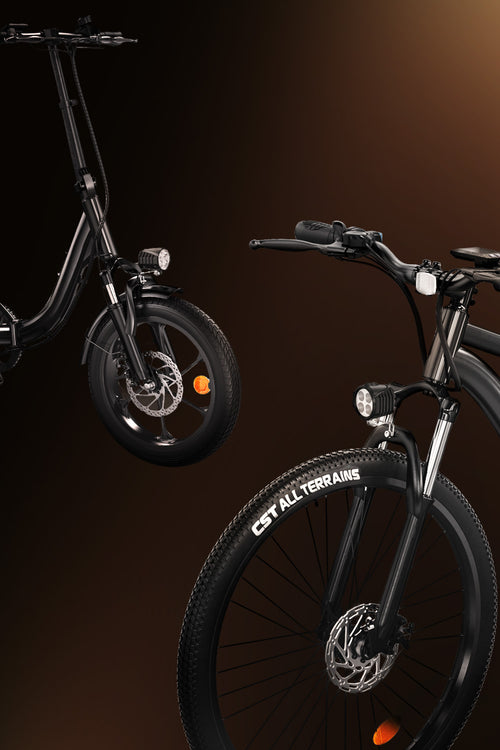
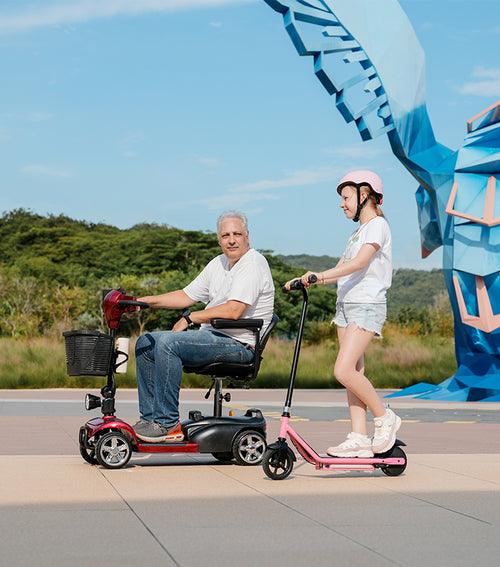









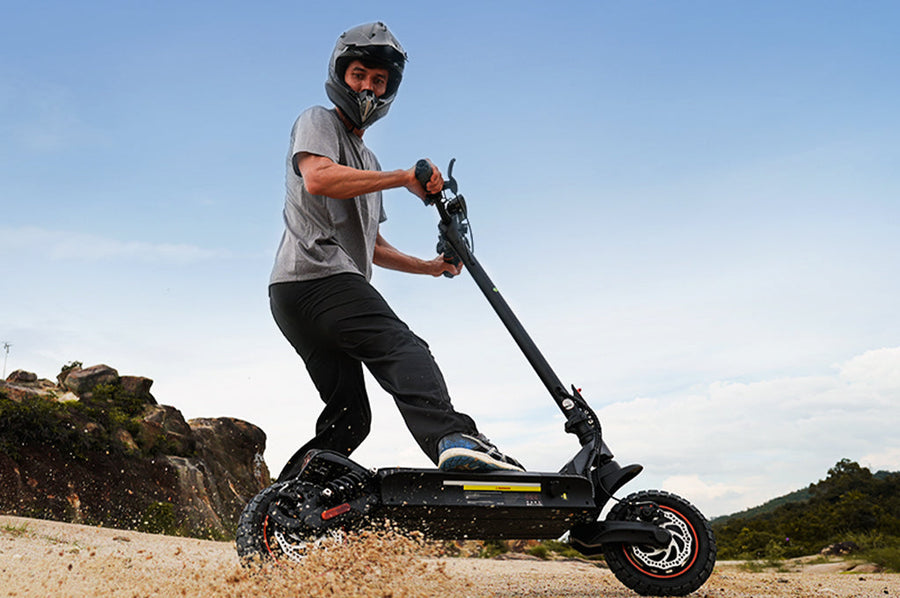



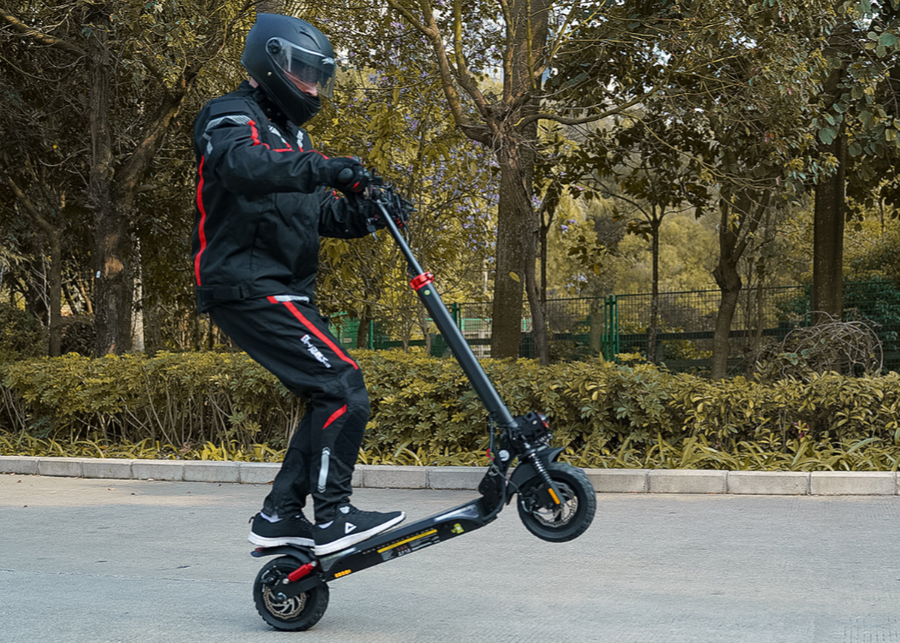

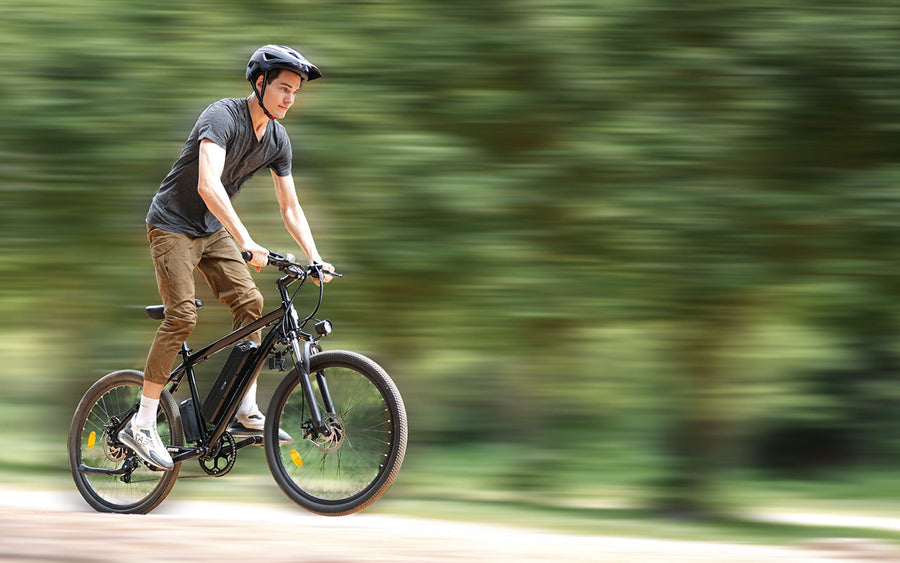
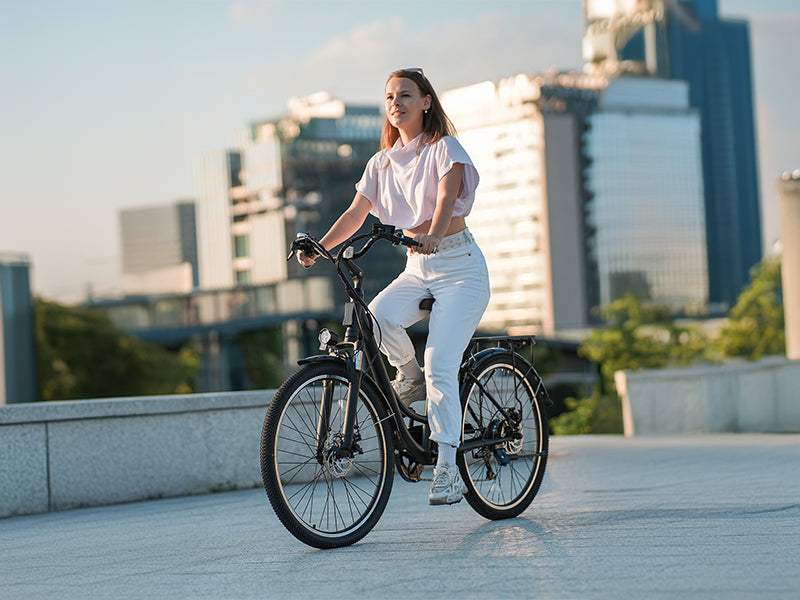
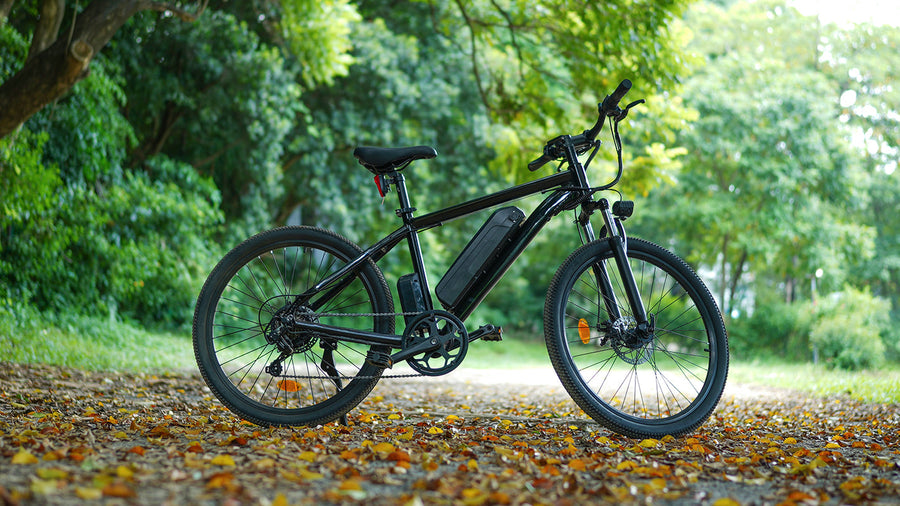
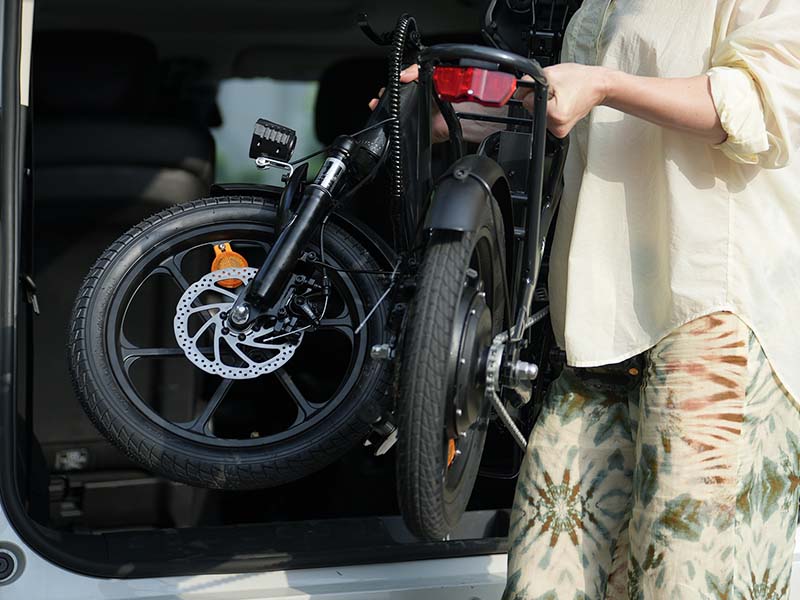
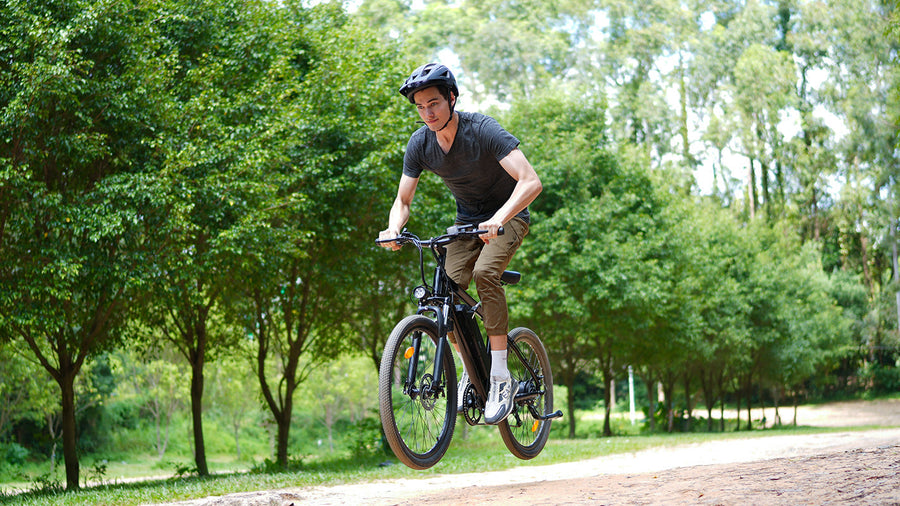









Article tags :
Leave us a message